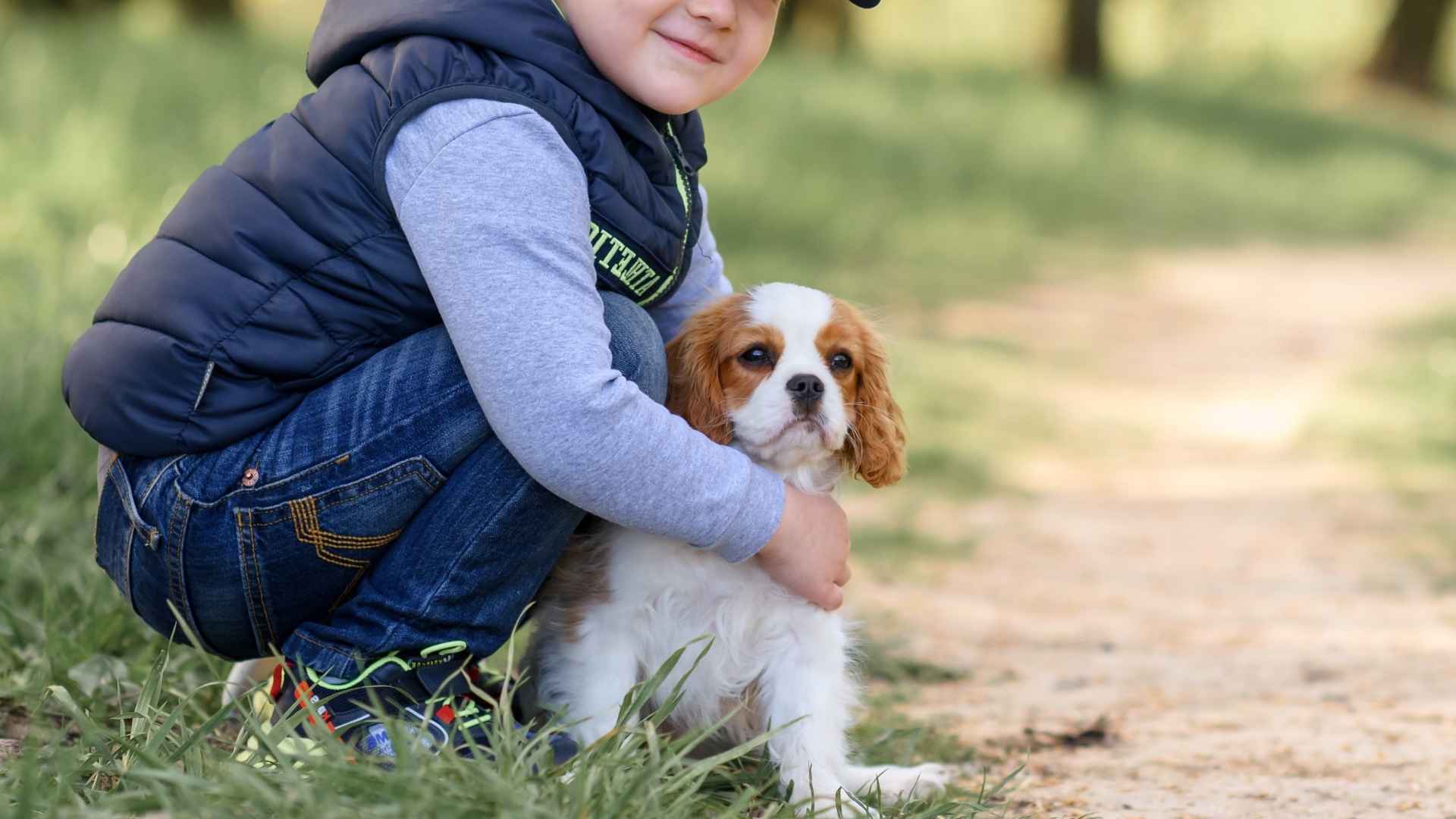Can a dog fit in your purse and your toddler’s heart? It’s a fair question, and one many parents are asking as teacup dog breeds continue to rise in popularity.
These miniature pups are undeniably adorable, but not every tiny tail wagger is ready for a household full of toys, snack crumbs, and curious hands. Some small dogs are fragile or fussy, while others thrive on attention and cuddles.
So, how do you know which is which? If you’re considering a teacup dog for your family, it’s important to look past the fluff and into the temperament.
Coming up, we’ll highlight the teacup dog breeds that are good with kids, including what makes them safe, friendly, and adaptable in a lively family setting.
Good With Kids Teacup Dog Breeds
1. Pomeranian
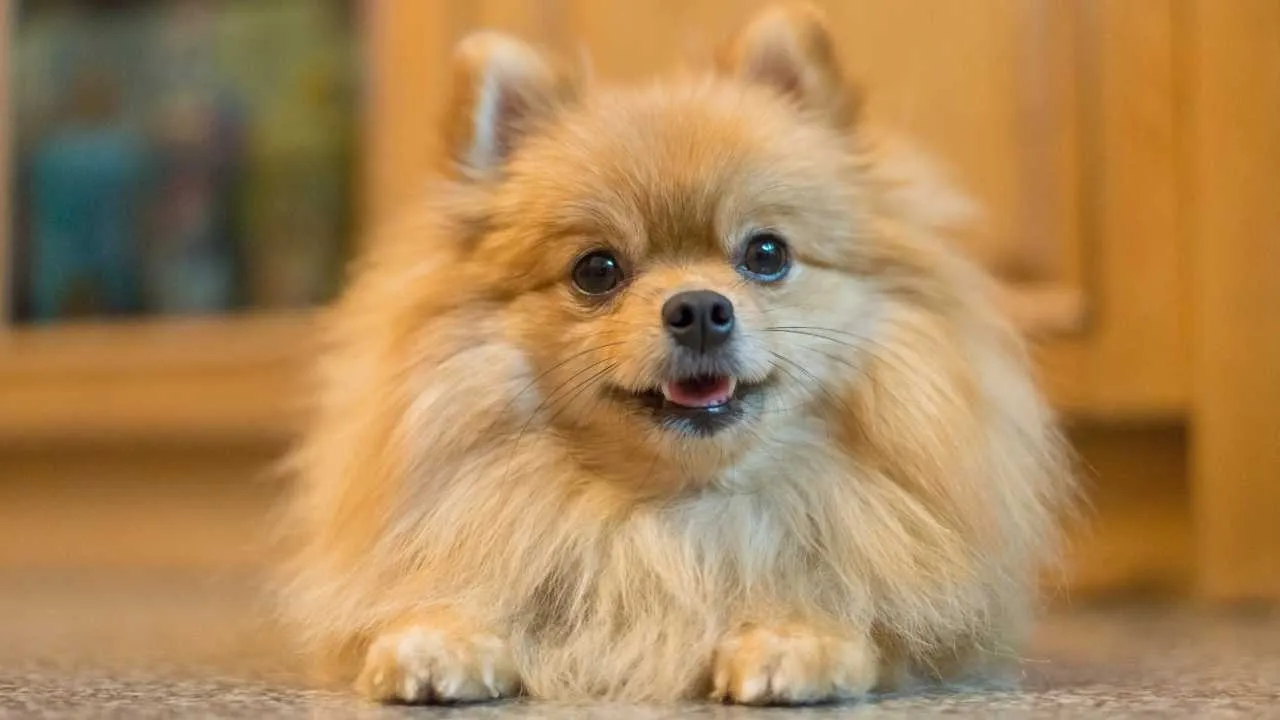
Pomeranians learn routines quickly and often become aligned with household patterns. This predictability helps children know what to expect when interacting with them. Their reactions tend to be quick but not unpredictable, which is valuable in homes with toddlers.
Naturally Vocal Communicators
They use their voice to express excitement or alertness, making it easier for kids to understand how they’re feeling. A bark before interaction often signals readiness or hesitation. This kind of feedback gives younger family members time to adjust and learn respectful engagement.
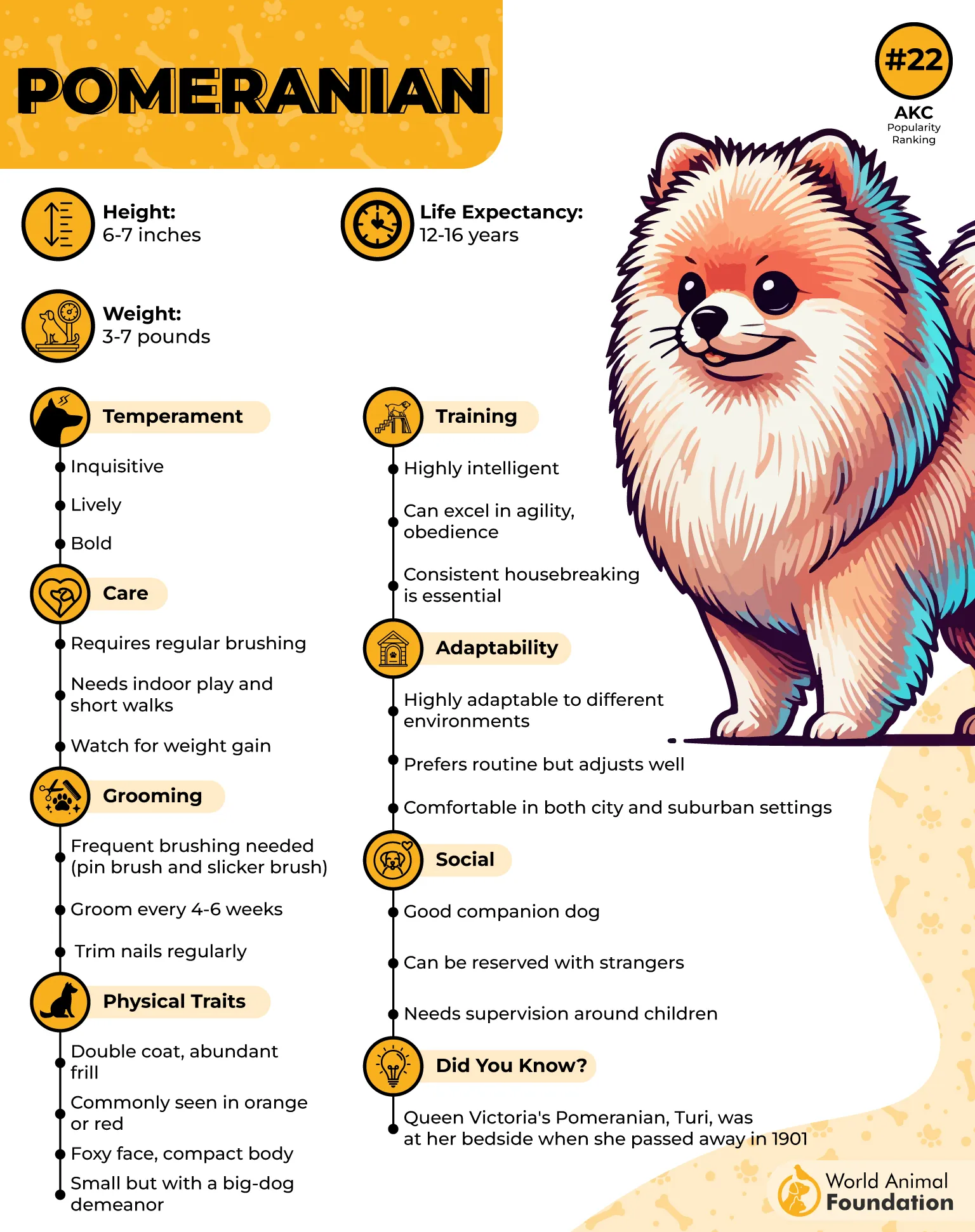
Physically Resilient for Their Size
Even as tiny dogs, Pomeranians have a surprisingly sturdy build for indoor play. While supervision is always needed, they’re less fragile in short bursts of gentle handling. They can trot, spin, and keep pace with children during active moments without tiring instantly.
Historic Ties to Royalty
Queen Victoria popularized the breed by bringing it down in size, making it one of the earliest and best small dog breeds with a royal fanbase, as per Pomeranian Headquarters. That legacy of companionship continues today, especially in households that value presence and personality. Kids tend to enjoy the confidence this little dog carries.
2. Maltese

Maltese are highly receptive to soft handling, often relaxing completely when cradled gently. This makes them ideal for children who are learning to treat animals with care. Their sensory responsiveness helps create early positive bonds during quiet interaction.
Easily Adaptable to Indoor Energy
They don’t require high stimulation to stay engaged, which works well for calm play environments, as mentioned in PetMD. Quick to settle on laps or soft mats, they can match the energy of kids without overstimulation. Their natural composure allows for steady companionship indoors.
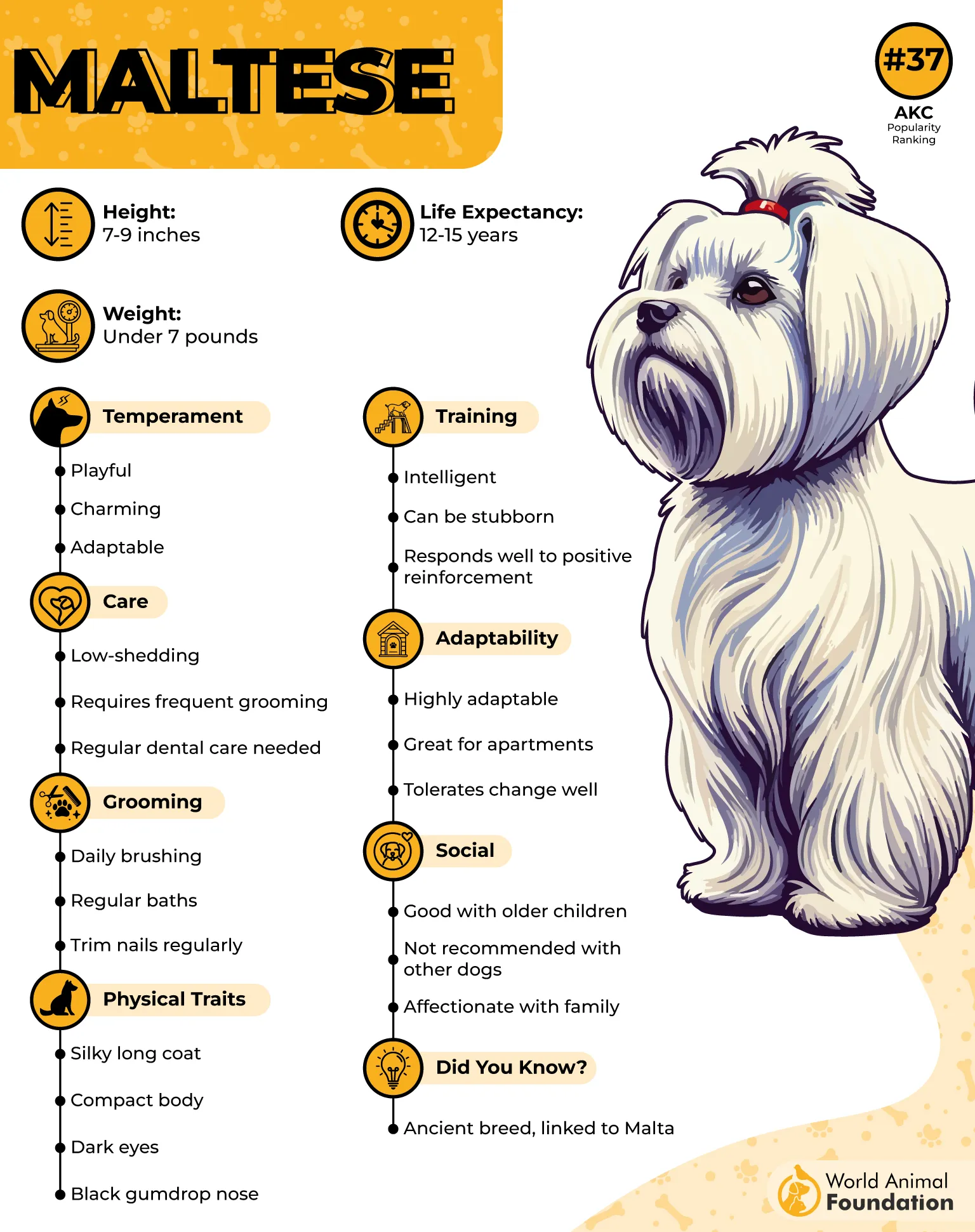
Known for Their Long Lifespan
Among teacup breeds, the Maltese is one of the longest-living when responsibly bred. Some have been recorded living beyond 15 years in stable home environments. This gives families the potential for long-term emotional attachment with fewer early losses.
Recognized in Ancient Maritime Trade
Historical evidence places the breed aboard ships as favored companions during long voyages, especially across Mediterranean routes. This legacy adds depth to the teacup Maltese, giving modern pet owners a lineage rooted in trust and presence. Children often pick up on that confidence naturally.
3. Pug

The deep forehead wrinkles and wide-set eyes on a Pug serve more than a look—they communicate. Children often pick up on their expressions easily, building comfort during early bonding. This visual feedback helps guide how kids approach or handle them during play.
Calm Nature in Family Settings
Their baseline energy is low, which naturally complements quieter home routines. Pugs adapt quickly to a child’s tempo, whether it’s a slow morning or an energetic afternoon. They’re steady without becoming detached or overly demanding for attention.
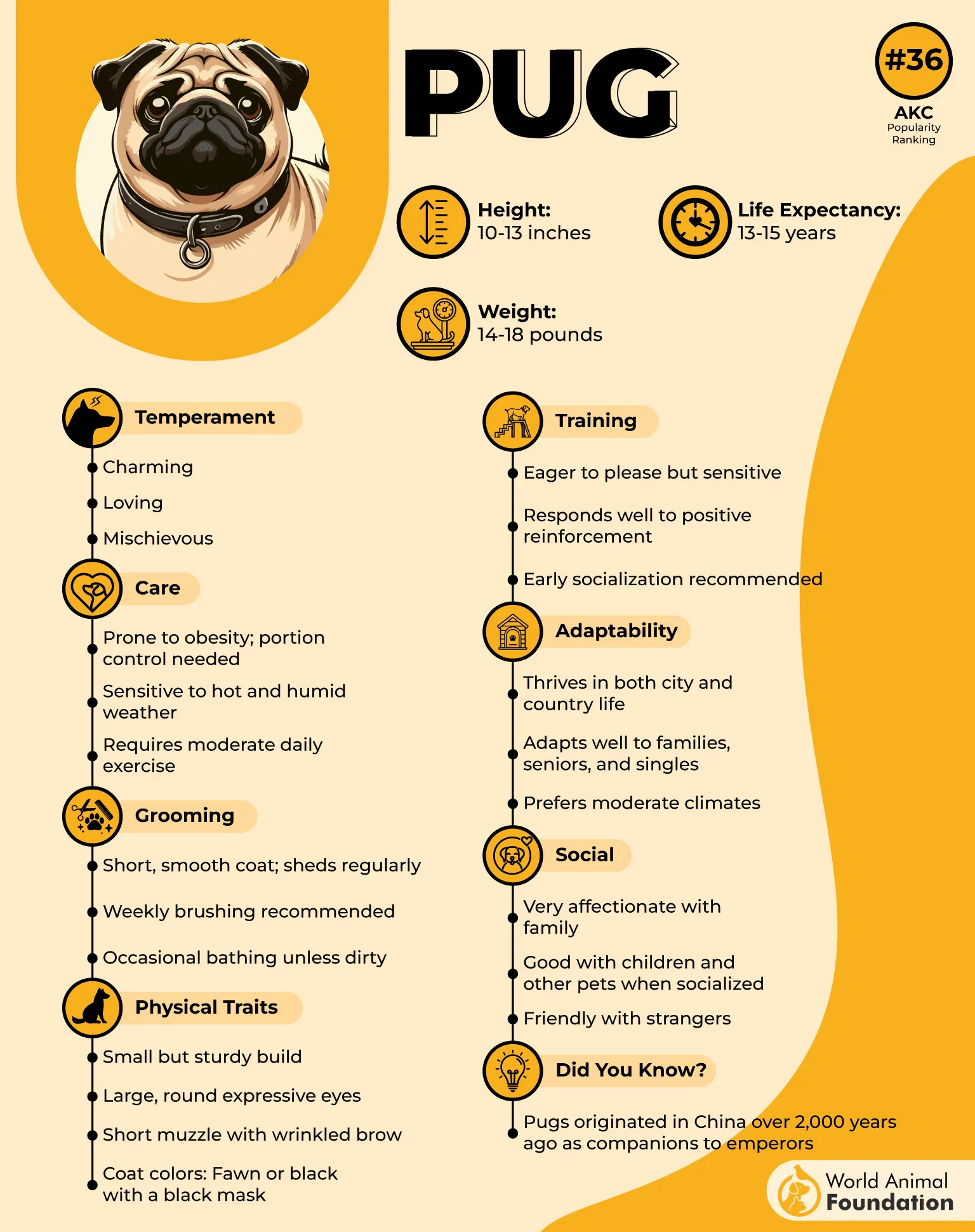
Historically Close to Humans
They were originally bred to live with Chinese royalty, where they served as indoor companions for centuries. This bred-in affinity for people translates into a willingness to engage, even with younger children. Their tolerance holds up well under household noise and touch.
Peaceful Around Other Animals
In the dog world, Pugs are rarely reactive and generally coexist well with other pets, as PDSA highlighted. Their history as lap dogs means they’re familiar with shared spaces, even on couches or under tables. This ease makes them suitable for homes with more than one animal present.
4. Cavalier King Charles Spaniel
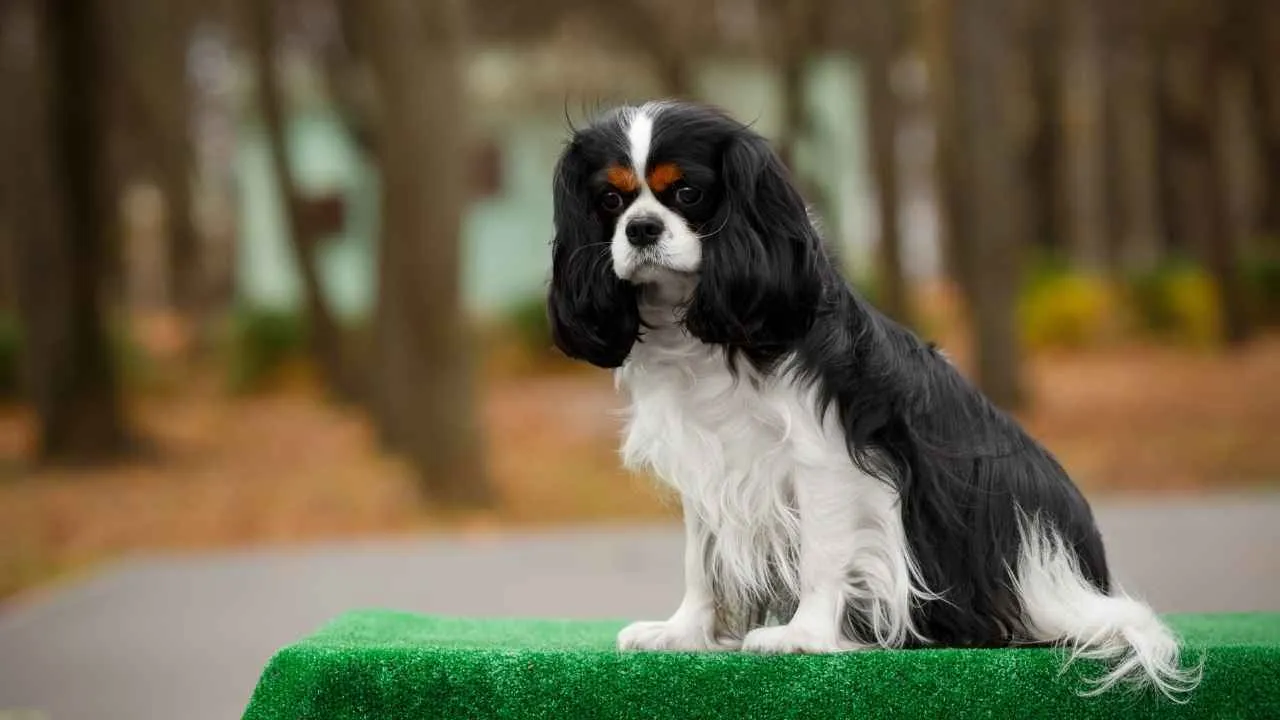
These Spaniel dogs have a distinct ability to read facial expressions and vocal tones. That sensitivity makes them naturally responsive to children’s moods and cues. They often adjust their energy based on the atmosphere in the room without needing direction.
Naturally Gentle in Touch
Their soft muzzle and slow tail wags help them approach young kids without startling them. They respond well to being held or brushed, and they rarely resist handling. Even in more energetic moments, they remain careful around small hands.

Adaptable to Family Living
They need regular interaction, but adjust well to different schedules and home sizes. That makes them one of the great apartment dogs among toy breeds. With proper training, they also respond consistently to household rules and child-led routines.
Royal Origins and Modern Loyalty
They were historically bred as lap companions for British nobility, including King Charles II. That origin gave rise to their modern-day role as calm, people-oriented pets. Many pet parents find their child-friendly loyalty rooted in this long-standing companionship lineage.
5. Shih Tzu
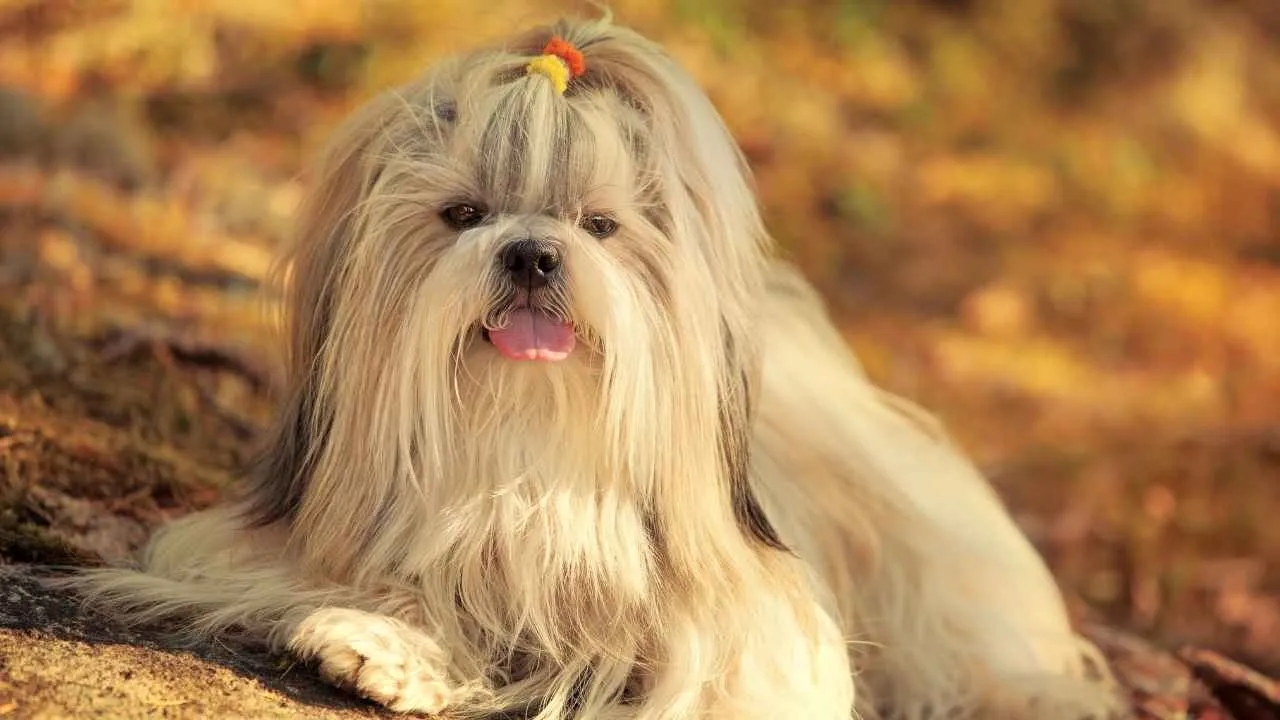
Shih Tzus respond well to consistency, which helps children form a steady bond with them. They don’t require environmental variety to stay mentally settled. This calm rhythm makes them dependable in daily routines involving younger family members.
Very Low Prey Drive
They don’t show chasing behaviors common in most dogs, especially around fast-moving toys or children. Their preference is to stay near familiar faces rather than roam or dart. This makes playtime smoother in homes where sudden energy bursts are common.
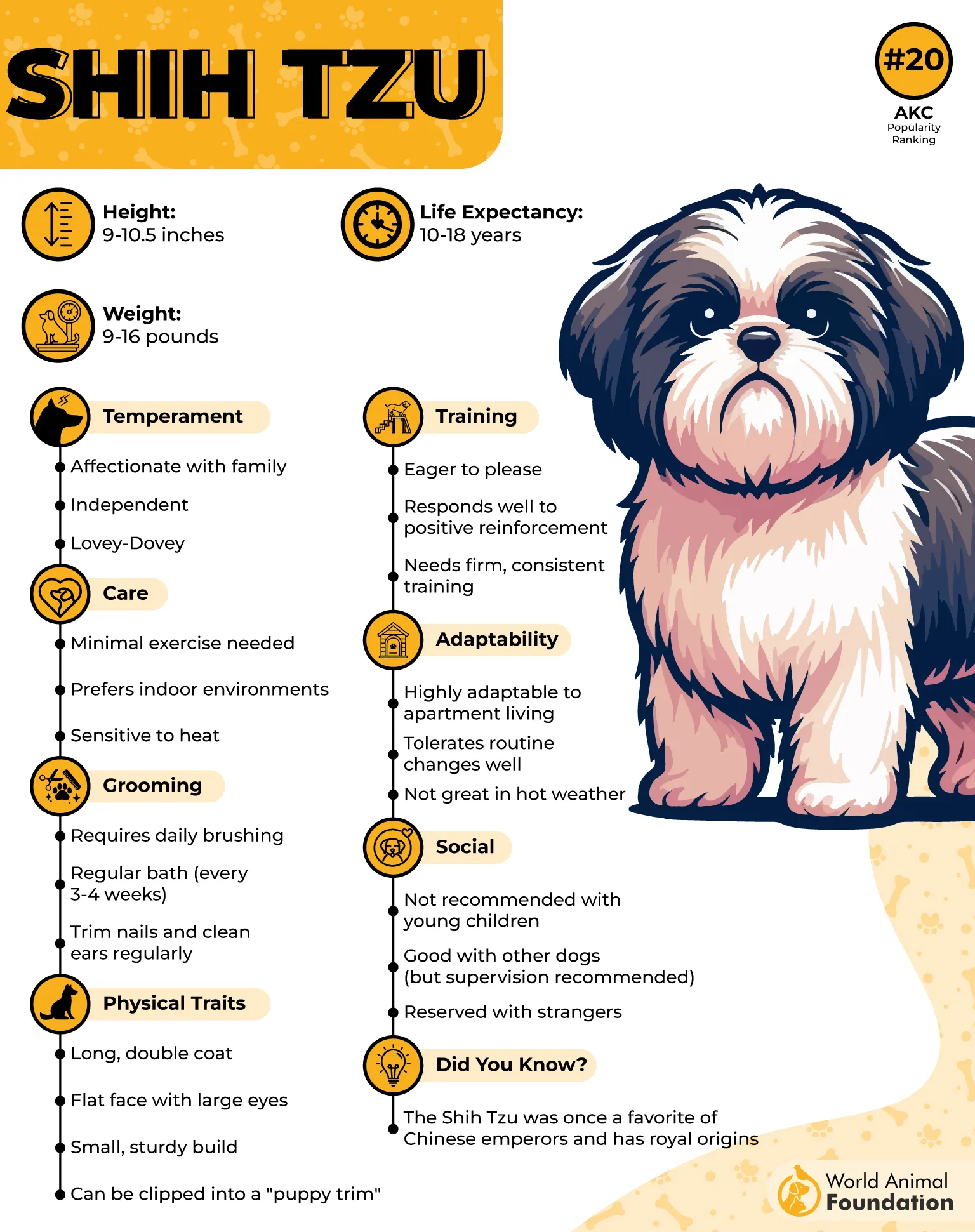
Compact and Couch-Ready
Because of their relaxed nature, they adapt beautifully to small living spaces without needing constant outdoor stimulation. Their interest in short play followed by long naps suits apartment families well. That gentle rhythm complements the attention span of young kids.
Royal History in Chinese Courts
Shih Tzus were once palace companions during China’s Ming Dynasty, bred specifically for their affectionate and alert temperament. Today, they remain one of the most recognized teacup puppies, known for loyalty over energy. Children often enjoy their expressive eyes and quiet loyalty.
6. Havanese
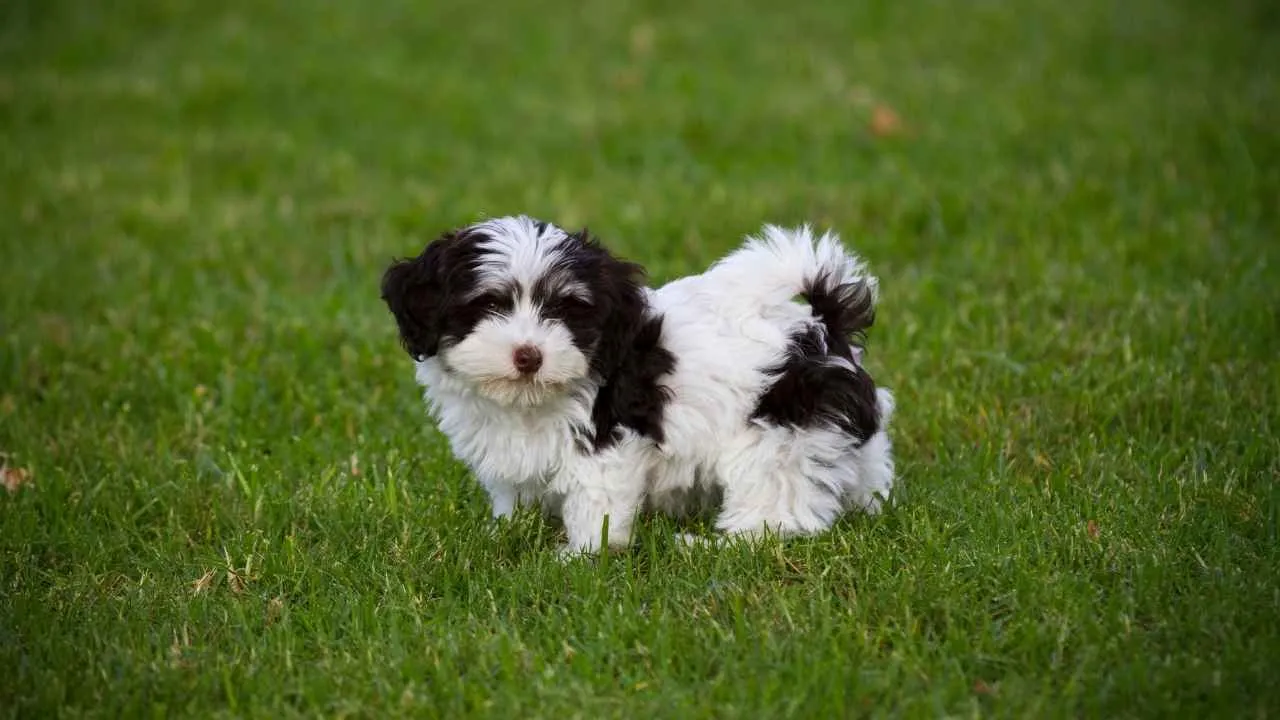
Havanese are known for their tendency to lock eyes with their humans during interactions. This helps children feel seen and engaged, encouraging mutual communication. That visual attention plays a role in bonding, especially with kids who respond to nonverbal cues.
Light Step and Indoor Adaptability
They have a bouncy gait and move lightly through indoor spaces, making them safer around smaller kids. Their sense of spatial awareness allows them to avoid accidental collisions. This awareness contributes to smoother coexistence in active households.
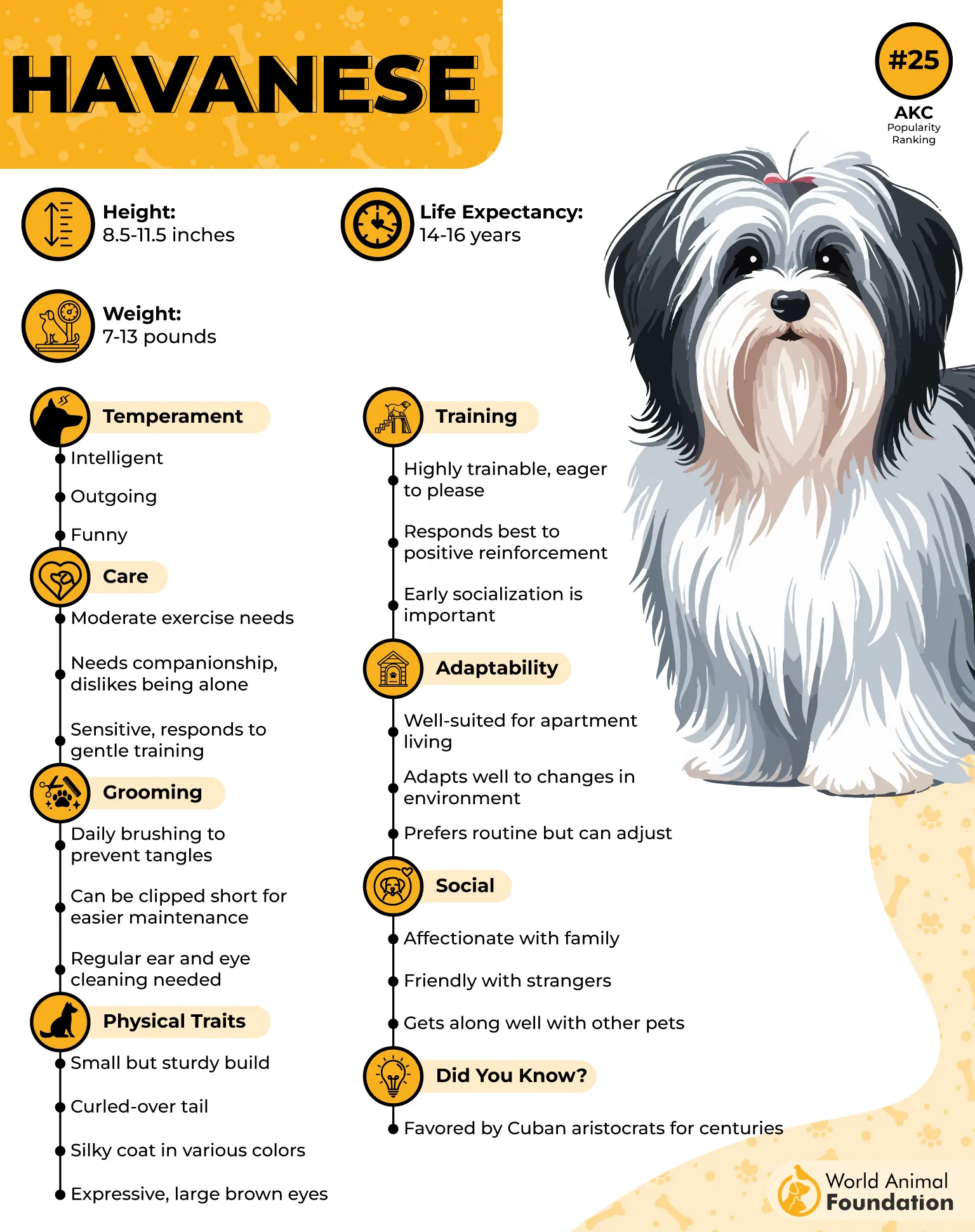
Gentle Around Playful Noise
Many dogs react to sudden shrieks or erratic motion, but this specific breed tends to tolerate a bit more chaos. They adjust well to unpredictable indoor energy, especially when raised alongside kids from a young age. Their calm curiosity outweighs reactivity.
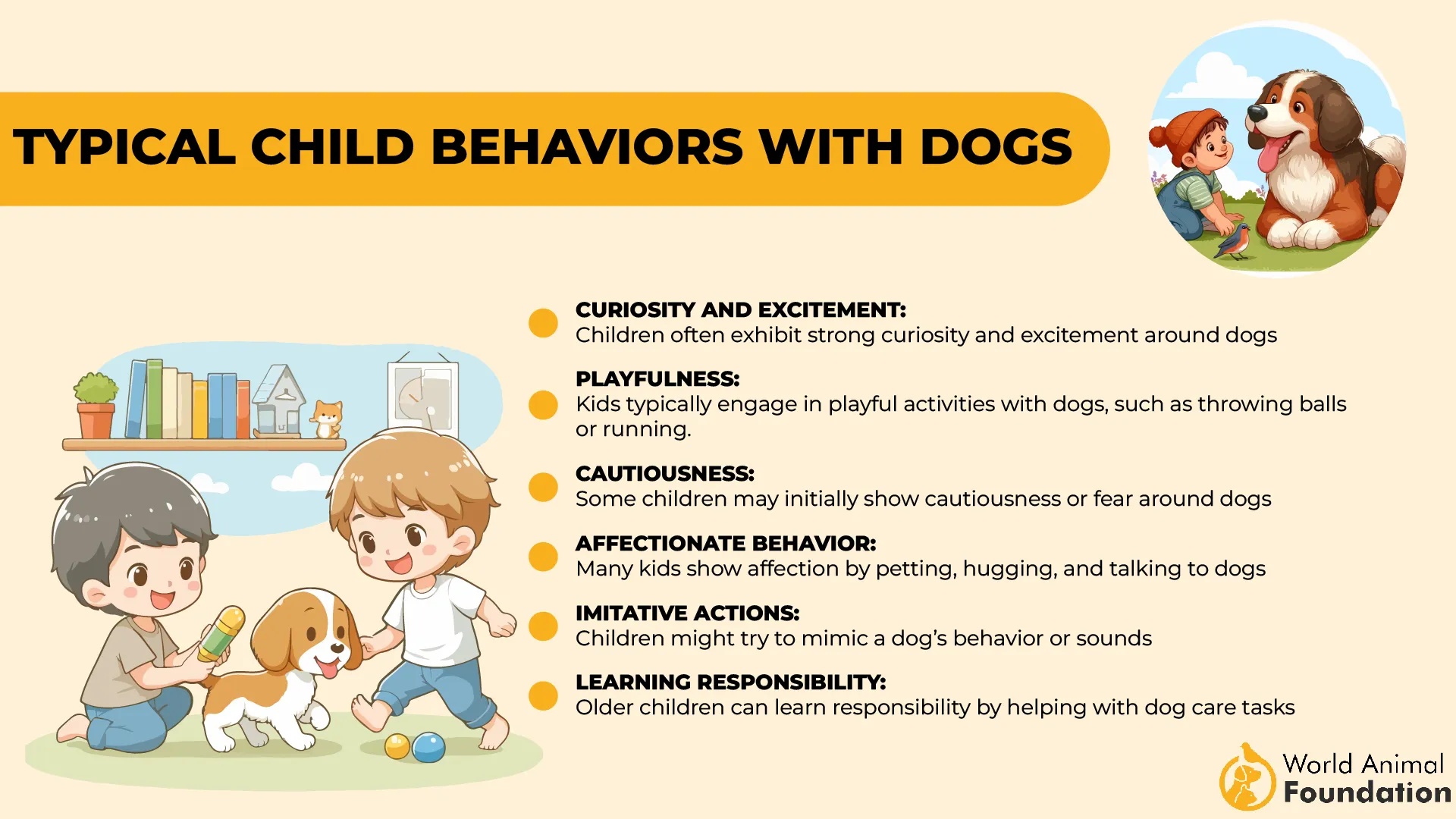
Cuban Roots and Companion Legacy
Originating from Cuba, they were bred to be lapdogs of the aristocracy and later became perfect pets across Europe, as per Ancestry. They usually coexist peacefully with other dogs, which adds to their family-friendly dynamic. That temperament has remained consistent over centuries of selective breeding.
7. Papillon
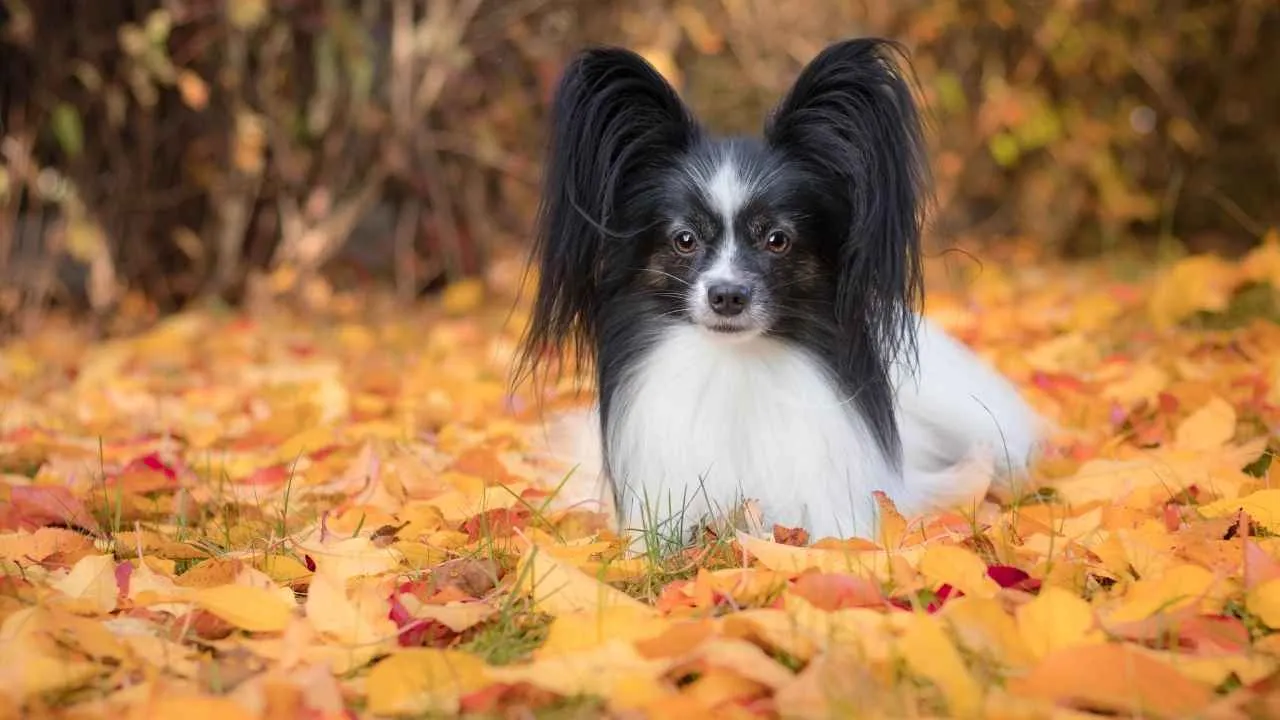
Papillons tend to form strong bonds with specific people in the home and are quick to observe emotional shifts. This awareness helps them adapt calmly to the excitement or mood swings often seen in families with small children. Their alertness makes them responsive but not intrusive.
Highly Responsive to Light Cues
One of their most valuable traits is visual attention—Papillons excel at reading gestures, body language, and directional cues. This makes them easier to guide in a playful environment without verbal commands. Children often find it easier to engage with them through nonverbal interaction.
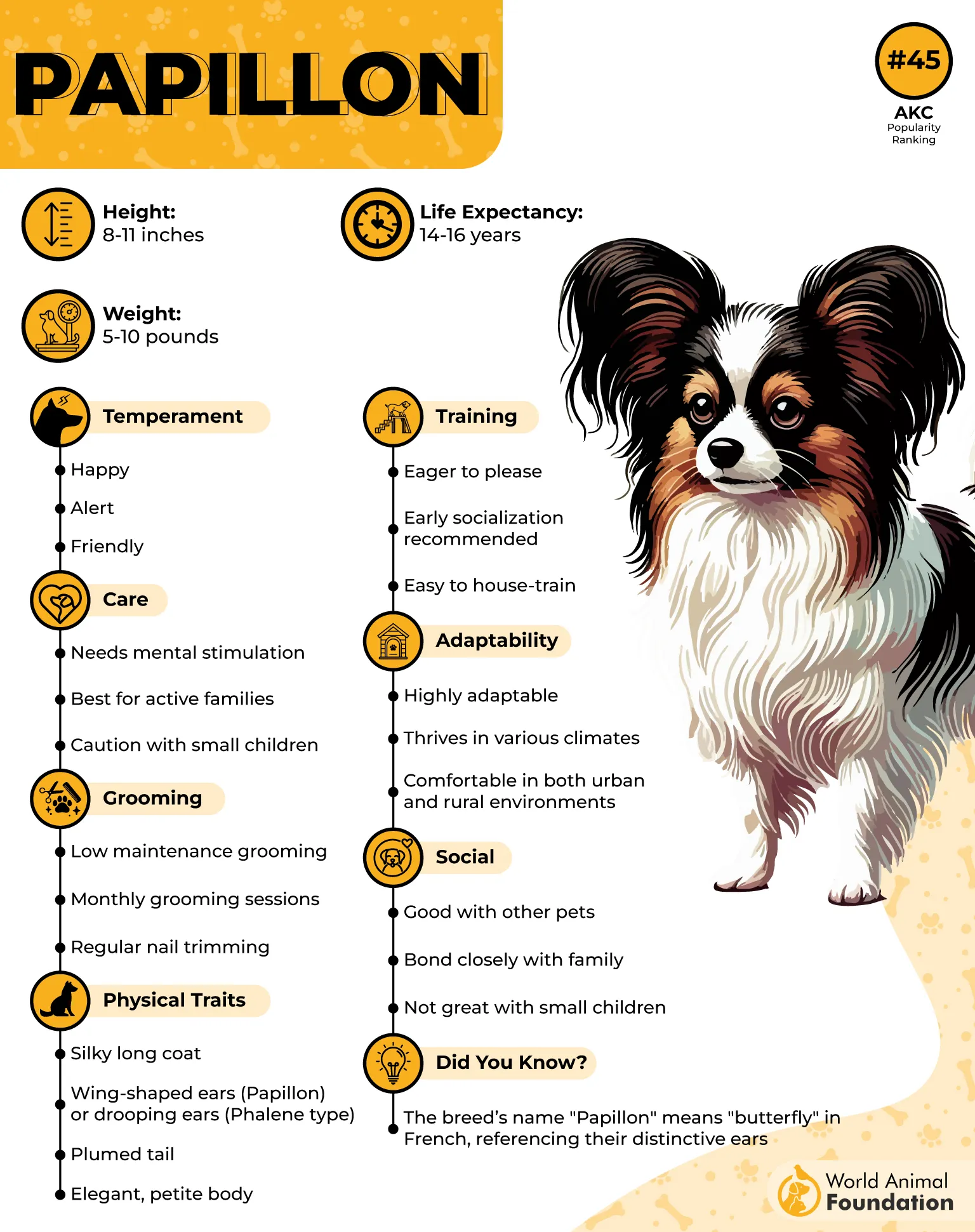
Ideal for Compact Living Spaces
Their energy is easily managed indoors, and short bursts of activity fulfill their needs. Because they enjoy structured indoor routines, Papillons adjust well to small apartments without becoming restless. Their featherlight build allows them to navigate tight spaces easily.
Centuries-Old Companion Breed
One of the oldest toy breeds in Europe, the Papillon was frequently featured in 16th-century royal portraits. The name, meaning “butterfly” in French, refers to their signature ear shape. This visual trait remains a symbol of elegance and alertness across breed standards worldwide.
Conclusion
Teacup breeds bring more than just a small size—they carry calm confidence and a strong desire to connect.
Many have a flowing coat or silky hair, but their real charm lies in how they respond to touch, sound, and presence. They enjoy active play in short bursts, but also need quiet moments and gentle mental stimulation.
While some are known for being low shedding, all require steady care and routine. Families looking for a dog that’s both soft to hold and steady in spirit will find that these toy dogs offer just that.
Their fun-loving nature blends well with home energy—always near, always watching, always ready to join in.


